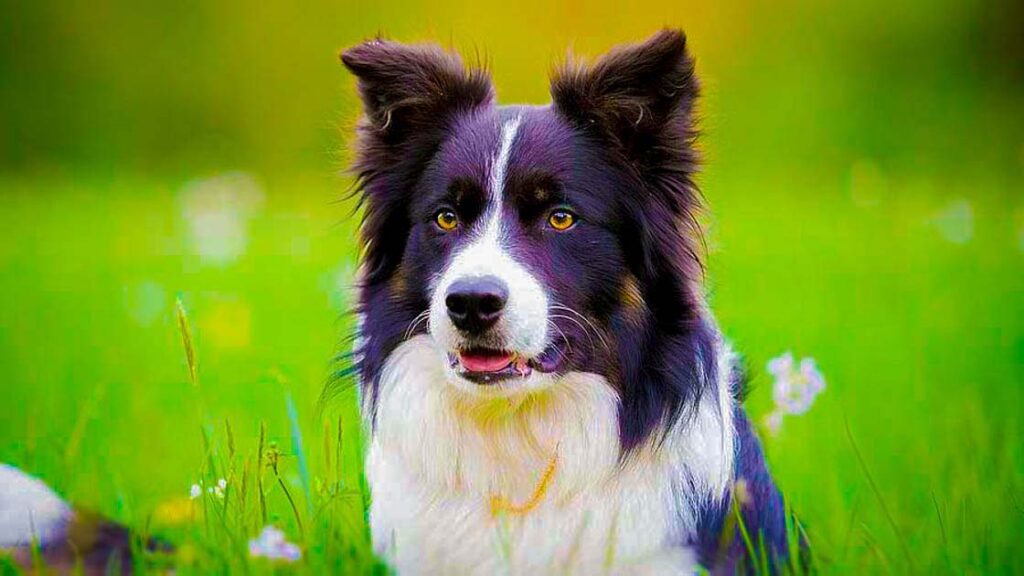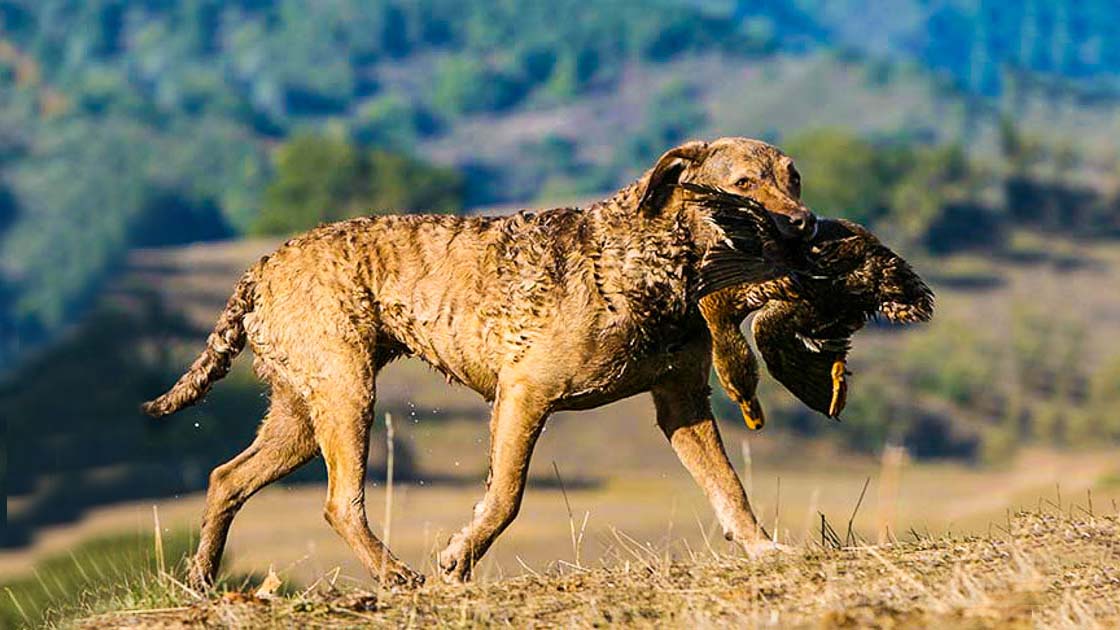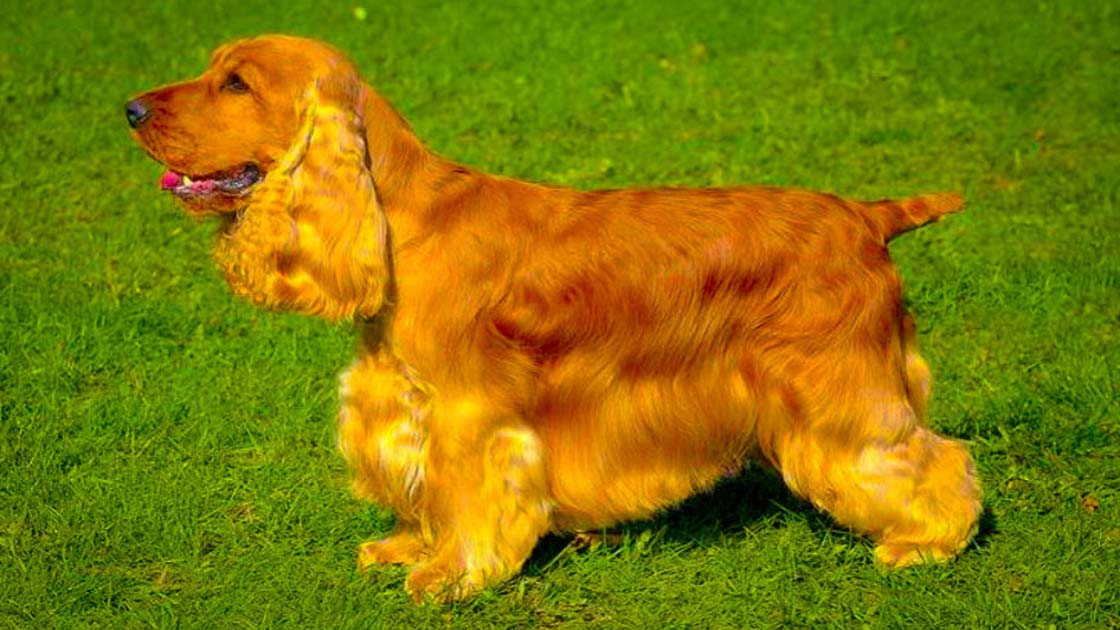Border Collie
Origin: United Kingdom, Ireland
Popularity Rank: 32 Since 2020
Life Span: border collie lifespan is 13-15 years
Color: “Border Collie colors” are in solid colored, bicolored, or tricolored on blue merle, red merle, chocolate merle, liver, lilac merle, bear, chocolate, lilac, blue, sable merle, sable, shaded sable, honey sable, chocolate sable, black, white, red, red and white, brindle or orange.
Size: “Border Collie” is medium in size
Height: The height of Males is 19-22 inches (48-56 cm) and Female height is 18-21 inches (46-53 cm)
Breed Group: The “Border Collie dog” belongs to the Herding group.
Pricing: Border Collie price ranges are from $800 – $1500 USD.
Weight: The Border Collie weight is 30 to 55 pounds.
Border Collie History
The “Border Collie” originated on the boundary between England and Scotland, notably along the Northumberland and Scottish Borders. The intelligent and diligent Border collie dog first appeared on the border between Scotland and England. The name of the breed reflects its geographical origins. “Border Collies” were bred explicitly for their herding abilities. They were widely regarded for their superior intelligence, agility, and work ethic, which made them ideal for herding and maintaining livestock, notably sheep.
The “Border Collie breed” is a herding dog breed from the United Kingdom developed from landrace sheepdogs. This dog gained popularity when Queen Victoria bred this breed.
Ancestors
The true lineage of the “Border Collie dog” is unknown. However, they are thought to be descended from collie-type herding dogs brought to Britain by the Romans and crossed with indigenous shepherd dogs. Furthermore, this breed got its name after the mid of 19th century. They are prevalent throughout the British Isles. The border collie breed is standardized in the Anglo-Scottish border region.
Recognition
The American kennel club did not recognize this breed till 1995s and grouped it as a Scotch Sheepdog. Moreover, the Border Collie Breeds are intelligent dogs around the world.
Border Collie Qualities
The Border Collie dogs are a clever, lively, acrobatic, and athletic dog. They usually compete successfully in sheepdog trials and dog sports such as dog obedience, disc dog, herding, and agility. Additionally, they are one of the most intelligent domestic dog breeds. “Border Collies” are kept as pet dogs, and they are used for herding livestock all over the world. “Border Collies” are more involved in physical activity and mental stimulation daily than other breeds.
Furthermore, “Border Collies” are the most intelligent dog breed. Moreover, the “Border Collie’s” primary function is to herd animals. This breed has become popular as a companion dog animal. This “Dog breed” is instinct. Lastly, in farms and show, these dogs are used as livestock herders, notably for sheep.
Border Collie puppies
Strong herding tendencies in Border Collie puppies can show in actions like pursuing and biting at moving things, including people and other animals as well as children. To ensure that they behave appropriately, these instincts must be properly trained and channelled.
Puppies of Border Collies can become excellent family pets, but they need engaged owners who can provide them the mental and physical stimulation they require. Although they usually get along well with kids, due to their innate nature, they could try to herd them.
Border Collie Body
These dogs have brown eyes but have eyes that range in color from deep brown to amber or blue. 14-week-old blue merle puppy with a herding eye. Further, the dog’s eyes come in various shades. They have a low, relatively long tail, moderate nose, medium-sized acute ears, and moderately black and oval eyes. “Border Collies” have a robust, muscular build designed for agility and fast movements. They have a deep chest and a well-sprung ribcage, which allows for adequate lung room and endurance during vigorous activity.
In addition, the “Border Collie’s” head is proportionate to its body, with a moderate length and gently rounded cranium. The muzzle is short and tapering to a black nose. The eyes are usually medium in size and come in various colors, such as brown, blue, or a combination of the two. “Border Collies” have medium-sized ears positioned high on the head and can be fully or partially erect. The ears are frequently vigilant, which contributes to their attentiveness and intelligence.
Coat
The “Collie Dogs” are medium-sized dogs with red, white, or black coats known as border collies. Coat: The “Border Collie” has a double coat that protects him from the elements. The outer coat is dense and medium in length and can be smooth or rough. The undercoat is soft and dense, and it serves as insulation. Coat colors and patterns can range from black and white to red and white, tricolor, merle, and more.
Border Collie Health Issues
“Border Collies” are renowned for being healthy, resilient dogs. They are susceptible to specific health difficulties, as are all breeds. Border Collie owners must be informed of these potential health issues for their pets to receive proper care and attention. Here are some of the most prevalent health problems that Border Collies face:
Nasal Solar Dermatitis
Some “Border Collie dogs” may develop nasal solar dermatitis, sometimes called “Collie’s nose.” It is a solar sensitivity that can cause skin blisters and sores on the nose. Preventing and managing this illness can be helped by limiting sun exposure and using sunscreen on the nose.
Progressive Retinal Atrophy
PRA is a hereditary illness that causes the retina to deteriorate gradually, eventually leading to vision loss and blindness. Genetic testing can identify PRA carriers, and proper breeding practices can help limit the prevalence of this disorder.
Collie Eye Anomaly
Collie eye anomaly is a hereditary eye condition that affects eye development. It can range from mild to severe, resulting in visual impairment or blindness. A veterinarian’s regular eye examinations can help detect and manage this problem.
Hip Dysplasia
Hip dysplasia is a frequent orthopedic problem in many dog breeds, including Border Collies. It happens when the hip joint does not grow properly, causing instability and degeneration. This can cause pain, lameness, and arthritis. Responsible breeders frequently undergo hip screenings to limit the danger of passing on this illness.
Treatment
Border Collies may require more supportive care as they mature. This can involve providing comfortable bedding, ramps or stairs to aid movement, joint supplements to control arthritis, and monitoring their overall health regularly. Regular veterinary check-ups become increasingly necessary in their senior years to detect and address age-related concerns early on.
Drugs and Treatments
Specific treatments or drugs may be required if your Border Collie develops health concerns or injuries. For example, if your dog has hip dysplasia, your veterinarian may offer pain treatment alternatives such as anti-inflammatory drugs, physical therapy, or, in difficult situations, surgery. Following your veterinarian’s recommendations and taking medications as directed is crucial to ensure optimal therapy.
Nutritional requirements
A well-balanced and proper diet is essential for your Border Collie’s overall health and longevity. Consult your veterinarian about the appropriate type of food (dry, wet, or raw) and quantity sizes for your dog based on age, weight, activity level, and any special dietary needs. Proper nutrition helps their immune system, keeps them at a healthy weight, and contributes to their overall health.
Exercise and Mental Stimulation
Border Collies are high-energy, intellectual dogs requiring plenty of exercises and mental stimulation. Regular physical activity, such as regular walks, games, and interactive activities, helps to avoid obesity, strengthens muscles, and enhances mental health.
For More Details Contact Us [icon name=”square-phone” prefix=”fas”]







